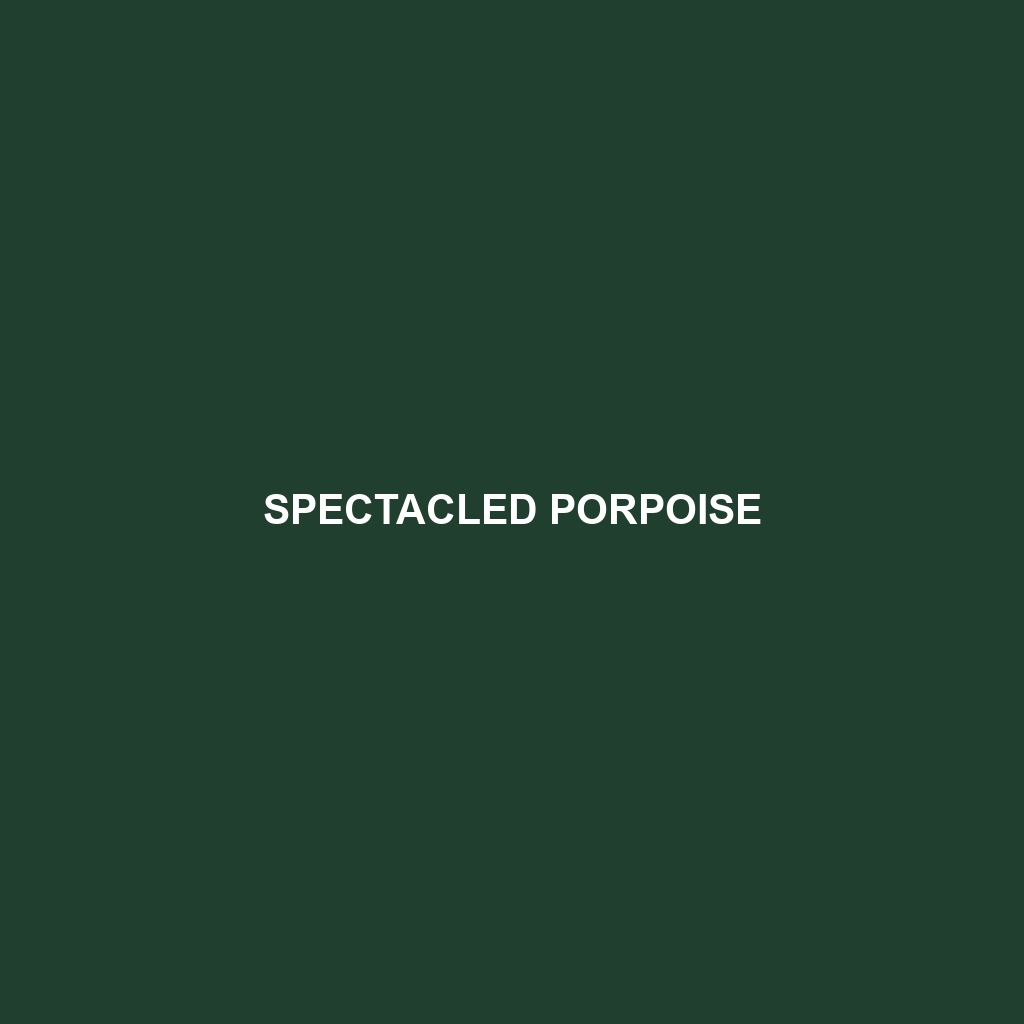East Asian Finless Porpoise
Common Name: East Asian Finless Porpoise
Scientific Name:
Habitat
The East Asian Finless Porpoise primarily inhabits the shallow coastal waters of the East China Sea, the Yellow Sea, and parts of the Bohai Sea. This species is commonly found in areas near estuaries and river mouths, where it prefers waters rich in aquatic vegetation and fish. The porpoise’s preference for warm, brackish waters makes it especially vulnerable to habitat degradation from pollution and coastal development.
Physical Characteristics
The East Asian Finless Porpoise is characterized by its streamlined body, which typically measures between 1.5 to 2.3 meters in length. Unlike other porpoise species, it lacks a dorsal fin, giving it a distinctively smooth back. Its coloration ranges from gray to blue-gray, often with lighter patches on its belly. Notable features include a rounded head and a series of small, conical teeth, which play a critical role in its feeding habits.
Behavior
This species is known for its acrobatic behavior, often breaching the surface and performing flips. They are social animals, frequently seen in small groups, typically consisting of 2 to 6 individuals. Notably, the East Asian Finless Porpoise shows a preference for shallow waters where they engage in playful activities and cooperative foraging. Their vocalizations also play a significant role in communication within groups.
Diet
The East Asian Finless Porpoise primarily feeds on a diet of small fish, crustaceans, and squid. Common food sources include species such as anchovies and mullet, which they hunt using echolocation. Their foraging habits are critically tied to the health of their marine environment, and as such, they play a role in maintaining healthy fish populations.
Reproduction
Breeding typically occurs in the summer months, with a gestation period ranging from 10 to 11 months. Female East Asian Finless Porpoises generally give birth to a single calf. Maternal care is significant, with mothers providing nursing for about 1-2 years. The bond between mothers and calves is strong, and young porpoises learn vital survival skills during this period.
Conservation Status
The East Asian Finless Porpoise is currently listed as Endangered by the International Union for Conservation of Nature (IUCN). Major threats include habitat loss due to human activities, climate change, and incidental catch in fisheries. Conservation efforts are ongoing, focusing on habitat restoration and the establishment of marine protected areas.
Interesting Facts
– The East Asian Finless Porpoise is one of the few species of porpoises that can live in both salt and freshwater habitats.
– They possess a unique ability to adjust their echolocation clicks for hunting in different types of water clarity.
Role in Ecosystem
As a key species in its ecosystem, the East Asian Finless Porpoise plays a crucial role in controlling fish populations. Their interactions with other marine species, including predation and competition, help maintain a balanced aquatic environment. Protecting this species is essential for the overall health of coastal ecosystems in East Asia.
